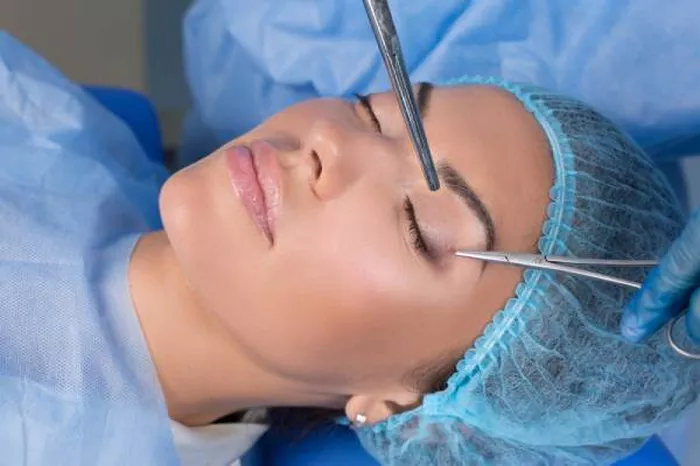Medicare is a federal health insurance program in the United States that provides coverage for eligible individuals who are 65 years of age or older, as well as certain younger individuals with disabilities. As medical advancements continue to offer new treatment options, many beneficiaries wonder if Medicare covers droopy eyelid surgery, also known as blepharoplasty. This article aims to provide an in-depth analysis of Medicare’s coverage policies for droopy eyelid surgery and the criteria that must be met for the procedure to be eligible for reimbursement.
Understanding Droopy Eyelid Surgery (Blepharoplasty)
Droopy eyelids, medically termed as ptosis, can occur due to age-related muscle weakness, congenital factors, or nerve damage. Blepharoplasty is a surgical procedure that corrects sagging or drooping eyelids by removing excess skin, fat, and muscles, leading to improved vision and aesthetics. This operation can significantly enhance the quality of life for many patients, making it a sought-after treatment option.
Medicare Part A and Part B Coverage
Medicare is divided into different parts, each covering specific medical services. Part A covers hospital services, while Part B covers outpatient services, including medically necessary surgeries. Unfortunately, Medicare Part A typically does not cover cosmetic surgeries, which are procedures performed solely to improve appearance. Therefore, if droopy eyelid surgery is solely for cosmetic purposes, Medicare is unlikely to provide coverage.
However, there are instances where droopy eyelid surgery may be deemed medically necessary, making it eligible for coverage under Medicare Part B. To qualify for Part B coverage, the surgery must meet specific criteria, and the beneficiary must be able to demonstrate that the procedure is not purely for cosmetic reasons.
Medically Necessary Criteria
For Medicare to consider droopy eyelid surgery as medically necessary, the following conditions must be met:
Impaired Vision: The drooping eyelids must obstruct the individual’s field of vision, affecting their ability to see clearly. Medicare requires evidence, such as visual field tests and documentation from an ophthalmologist, to support this claim.
Functional Limitations: The droopy eyelids should significantly impede daily activities, such as reading, driving, or watching television. Medical records and physician reports are essential to substantiate the impact on the beneficiary’s daily life.
Conservative Treatments: Medicare typically requires that less invasive treatments have been attempted first, such as eye drops, ointments, or eye patches, and have proven unsuccessful in correcting the condition.
Surgical Recommendation: A qualified ophthalmologist or plastic surgeon must recommend droopy eyelid surgery as the appropriate and necessary treatment for the patient’s condition.
The Medicare Appeals Process
If Medicare initially denies coverage for droopy eyelid surgery, beneficiaries have the right to appeal the decision. The appeals process consists of several stages, including redetermination, reconsideration, and hearings before administrative law judges. If necessary, beneficiaries can further appeal to the Medicare Appeals Council and even seek judicial review in federal court.
Conclusion
While Medicare primarily covers medically necessary treatments and procedures, droopy eyelid surgery (blepharoplasty) may be eligible for coverage if it meets specific criteria, such as impaired vision and functional limitations. It is essential for beneficiaries and their healthcare providers to thoroughly document the medical necessity of the procedure and follow the appropriate appeals process if initial coverage is denied. As with any medical treatment, consulting with qualified professionals and understanding Medicare’s coverage policies are crucial steps in making informed decisions about droopy eyelid surgery and potential reimbursement.


